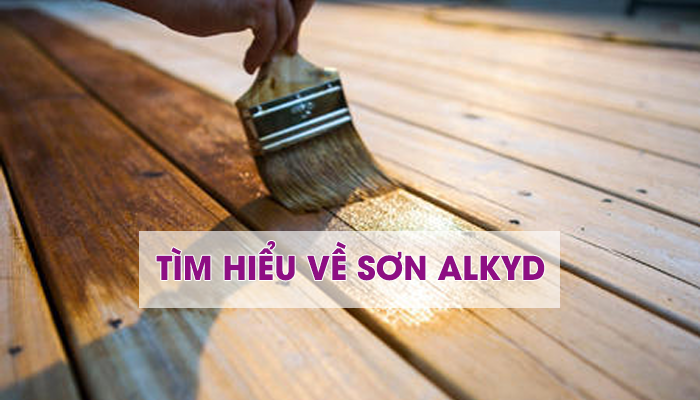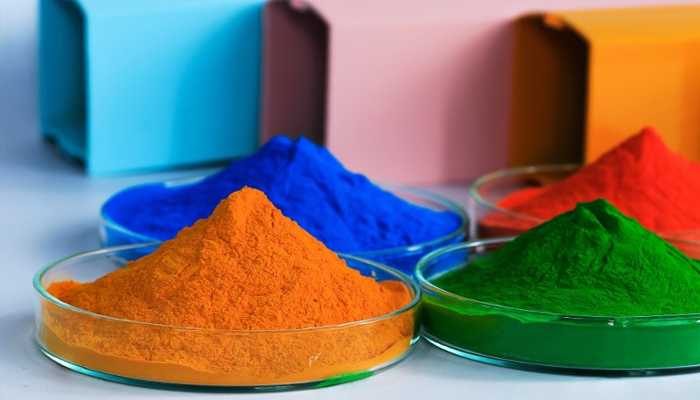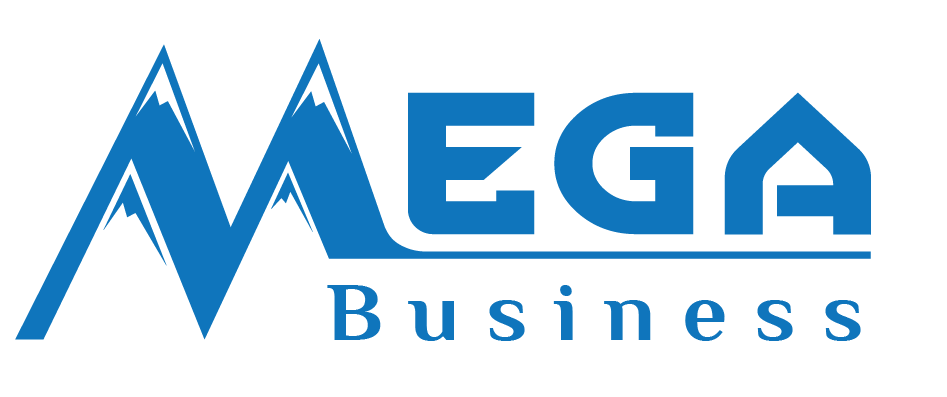
INTRODUCTION TO ALKYD PAINT
Alkyd paint is made based on a mixture of alkyd resins, pigments, fillers, organic solvents, and additives.
MOST COMMON MISTAKES WHEN APPLYING EPOXY
AUTOMOTIVE COATINGS MARKET
What's the Difference Between Polyurethane, Varnish, Shellac and Lacquer?
NO SELF-HEALING PAINT
INTRODUCTION TO ALKYD PAINT
In Vietnam today, many types of paints are also produced based on film-forming agents from many different synthetic resins such as alkyd paint, epoxy paint, polyurethane paint, paint on an acrylic concrete surface, chlorine rubber paint. but Alkyd paint still accounts for the largest proportion.
Alkyd paint is made based on a mixture of alkyd resins, pigments, fillers, organic solvents, and additives. Alkyd paint is used as a primer for rust, decorative coatings are widely used to match metal and wood indoor, outdoor, with high technical requirements and quality.
Alkyd paint technical features:
- Naturally dry, easy to use.
- Dry and flexible paint film.
- Durable, impact-resistant, good grip, glossy, attractive color.
Depending on the specific use, the paint is designed to suit such as indoor paint, outdoor paint, long-life paint, varnish for wood coating, draft paper glue ...
Alkyd paint consists of 04 main components:
- The binder is modified vegetable oil or fatty acid alkyd resin
- Pigments, fillers.
- Solvent.
- Additives.
Materials to produce Alkyd paint
1.1 Film-forming agents
Binder is the most important factor determining the properties of the paint film. The binder used in alkyd paints is alkyd resin modified with herbal oils of varying degrees of fat.
>>>Click HERE for free construction consulting<<<

1.2 Pigments, fillers
Pigments come in two types: organic pigments and inorganic pigments.
Some of the basic specifications of pigments
- Particle size
- Color
- Colorfastness
- Coverage, color intensity.
- Oil penetration.
Chemical resistance
1.3 Fillers
Some commonly used fillers:
- Barisulfat BaSO4
- Lithopone
- Talc (OH) powder 2Mg3Si4O10
1.4 Solvents
In Alkyd paint, some solvents are used, mainly xylene, kerosene, and white spirit.
The density of some solvents used in alkyd paints:
Kinds of solvent | Specific gravity (g/cm3) ở 20OC |
Fuel | 0,790 - 0,805 |
Xylen | 0,860 - 0,866 |
White – spirit | 0,750 - 0,780 |
1.5 Additives
In alkyd paint, the number of additives used is mainly: desiccant, anti-filming agents, anti-deposition agents, some use dispersants, wetting agents. No need to use plasticizers in Alkyd paint such as ACNC paint or a scaffolding agent such as PU paint.
Here are some common additives used in alkyd paints:
- Anti-filming agents
- Anti-deposition agents
- Pigment wetting and dispersing agents
- Drying agent
Mechanism of paint filming
The drying process of paint film occurs according to 2 mechanisms:
Physical dry: after painting on the surface of the material, no chemical reaction occurs in the paint film and the paint film is dry only due to the solvent flying. The physical dry process is characterized by relatively fast drying, less depending on the environment and external conditions.
Chemical dry: after coating on the surface of the material, a chemical reaction still occurs in the paint film, and thanks to a chemical reaction, the paint film can dry, that drying process is called chemical drying. The conditions for chemical drying can be temperature (paint drying), oxygen air (alkyd paint), natural humidity (moisture curing paint).
2.1 Mechanism of alkyd paint-filming
The dry alkyd paint film is a combination of dry due to solvent evaporation and chemical dryness. Use a drying agent to speed up the chemical reaction that occurs in the paint film. The desiccant can be considered as a catalyst. Drying agents are used in alkyd paints, oil paints, alkyd modified polyurethane paints, denatured oil epoxy paints. The desiccant is usually a salt of many valence metals such as Co; Mn; Pb; Zn; Zr; Shift.
The dry mechanism of the alkyd coating can be explained as follows:
2Mn(RCOO)2 + O2 ® 2MnO(RCOO)2 ® 2Mn(RCOO)2 + 2 - O -
In the reaction, thanks to the valence change of the metal, the oxygen in the air turns into active atomic oxygen and is put into the paint film, promoting the process of forming a dry paint film. The atomic oxides break the double bonds
- C = C- and becomes the -C-O-C- bridge to create a larger linkage circuit.
2.2 Some things to pay attention to in the use of drying agents
Alkyd paint has a low cost. The production does not require high technical requirements, is relatively easy to process, can produce many types of paint, suitable for many different uses. In such a thriving industry today, the use of alkyd paints is enormous and essential. The annual output is many times higher than other paints. Therefore, the production of alkyd paint helps improve and develop new technology is always an important issue and is often paid attention to by businesses.
Currently, Mega Vietnam Chemical Company is providing raw materials for the production of alkyd paint and besides, we have a technical team with many years of experience that can advise and support you in the production process.
>>>Click HERE for more paint chemicals<<<
Contact
MEGA VIETNAM
Office address: Floor 2-A2-IA20, Nam Thang Long Urban Area, Pham Van Dong Street,
Dong Ngac Ward, Bac Tu Liem District, Hanoi City, Vietnam
Tel: (+84) 24 375 89089; Fax: (+84) 24 375 89 098
Website: megavietnam.vn
Hotline: 1800.577.728 Zalo: 0971.023.523





